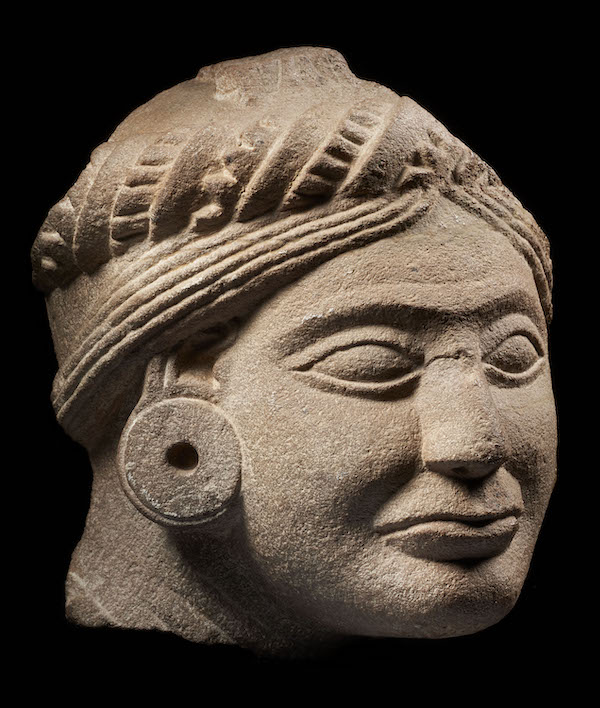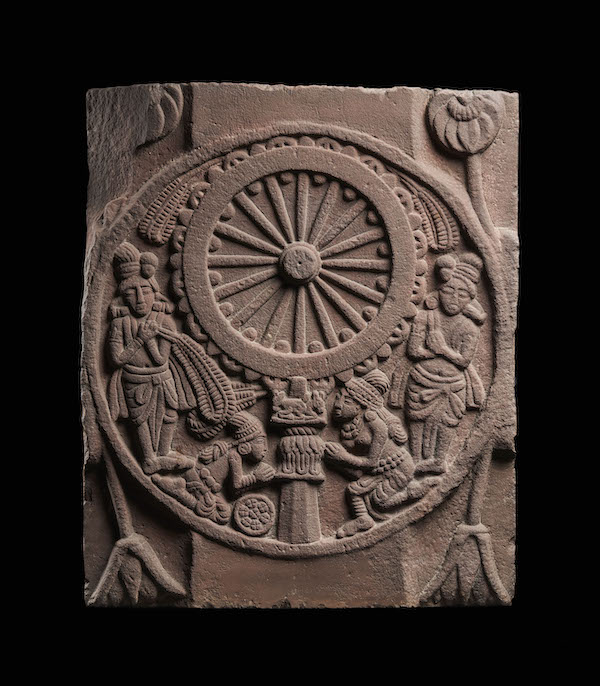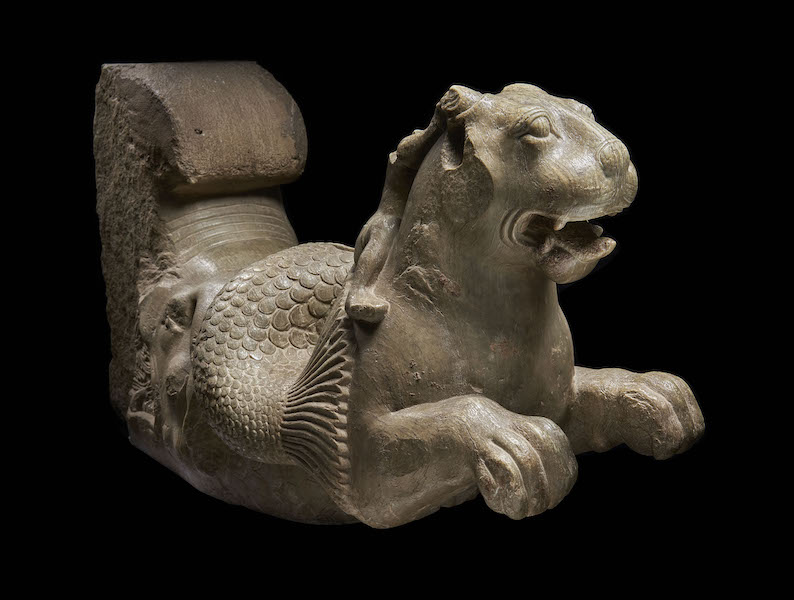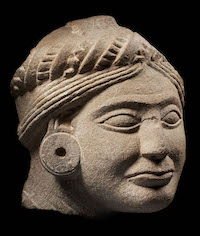
NEW YORK — Opening at the Metropolitan Museum of Art on July 21, the exhibition Tree and Serpent: Early Buddhist Art in India, 200 BCE–400 CE will illuminate how the religious landscape of ancient India was transformed by the Buddhist presence. Featuring more than 125 objects, including major loans from India, the exhibition will consist of stone sculptures associated with the adornment of the stupa — the monumental dome structures that housed the Buddha relics — as well as metalwork, ivory, ceramics, paintings and jewelry. It will present a series of evocative and interlocking themes to reveal both the pre-Buddhist origins of figurative sculpture in India and the early narrative tradition that was central to this formative moment in early Indian art. The exhibition will continue until November 13.
Tree and Serpent is particularly noteworthy for the series of spectacular sculptural masterpieces from southern India that will be exhibited to the public for the first time, including newly discovered works of art from ancient monastic sites in the Deccan.

Much of the earliest Indian art was produced in the service of Buddhism, a religion that emerged in northern India in the 4th century B.C. as a result of the teachings of the Buddha Shakyamuni. This thematically organized exhibition explores the pre-Buddhist nature cults of India that influenced early Buddhist art, the role of stupas and relic worship, the role of patrons, and the influence of India’s global position, including its international trade with the Roman world. The resulting art was cosmopolitan and new, and devoted above all to the celebration of the Buddha and his message.

Highlights include sublimely beautiful renderings of stupas, sections of ceremonial gateways, and processional railings protected by awesome rearing cobras (nagas). Housed within are the precious relics marking the Buddha’s presence, honored through these sculptural adornments — masterpieces of early Buddhist art.
Visit the website of the Metropolitan Museum of Art and see its dedicated page for Tree and Serpent: Early Buddhist Art in India, 200 BCE–400 CE.


